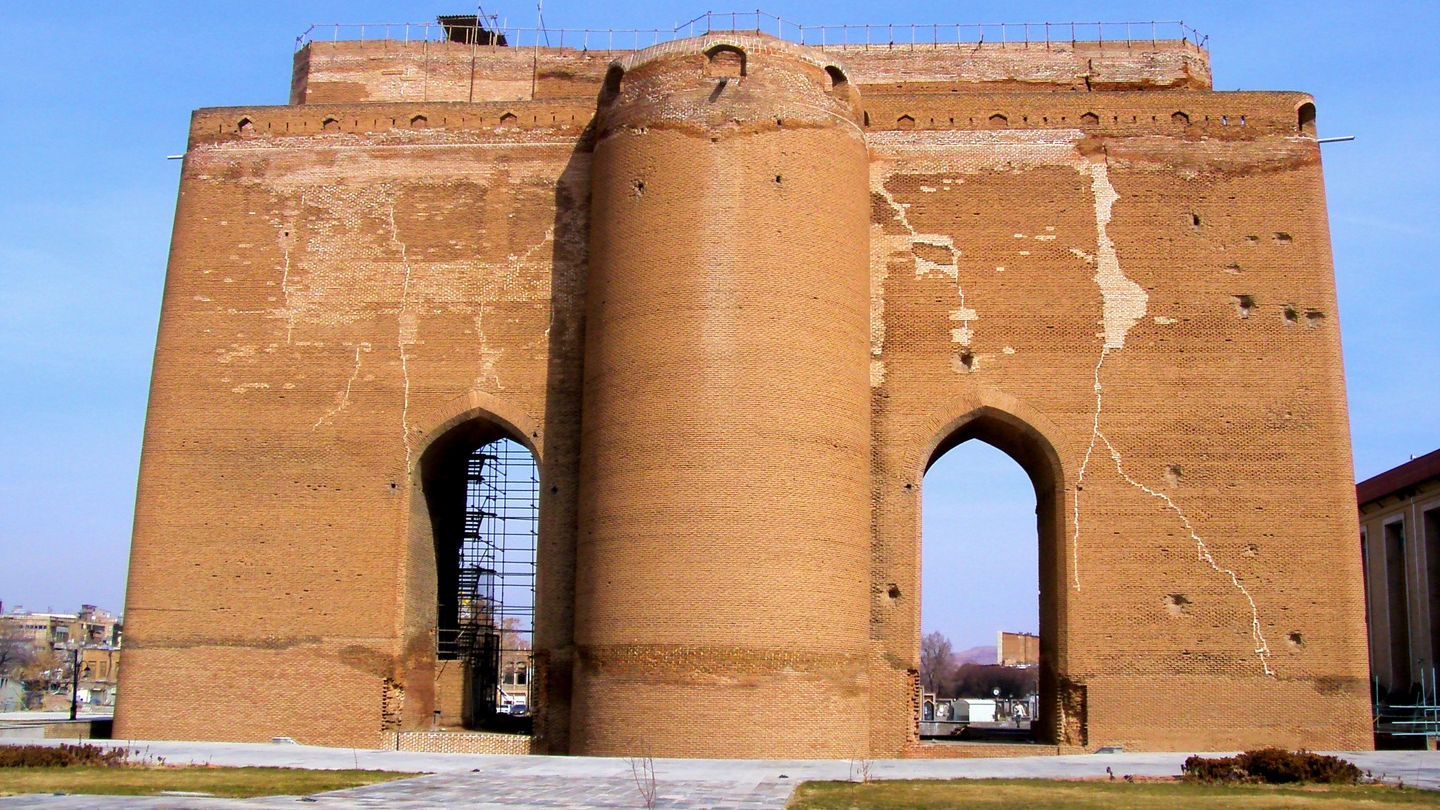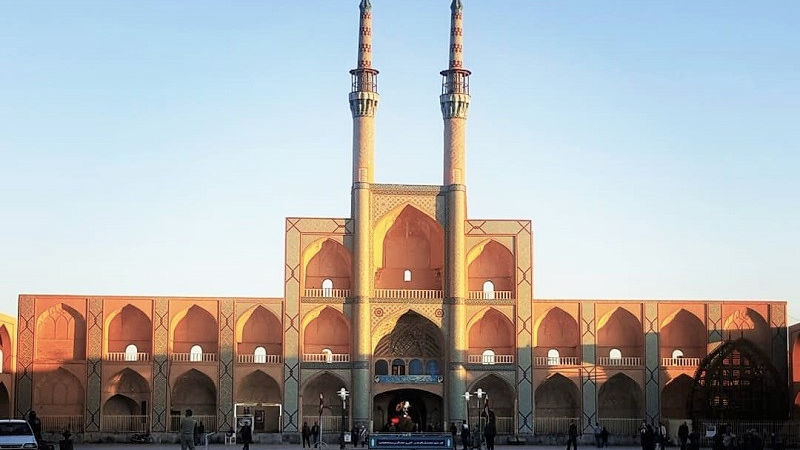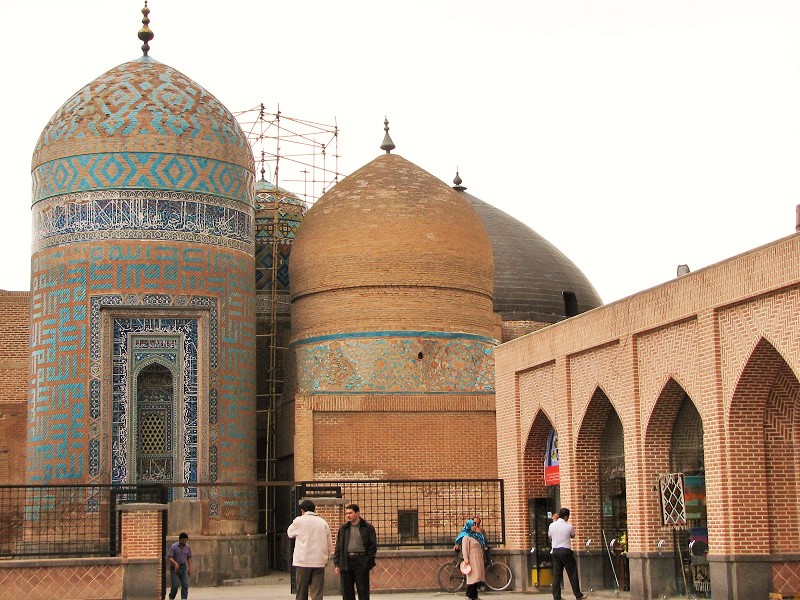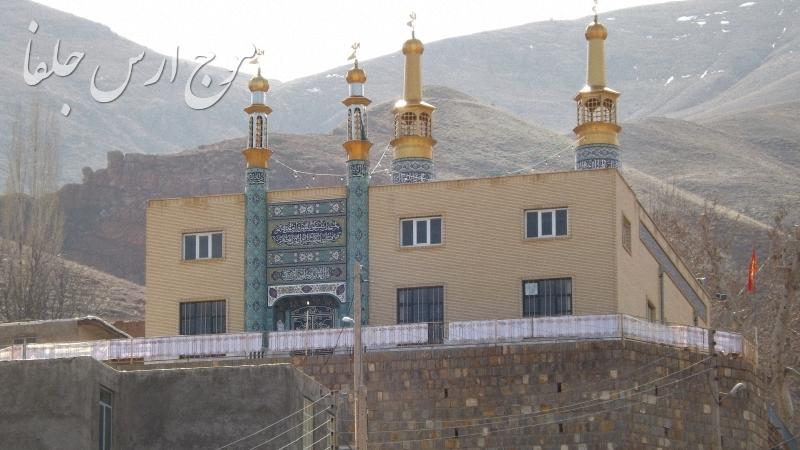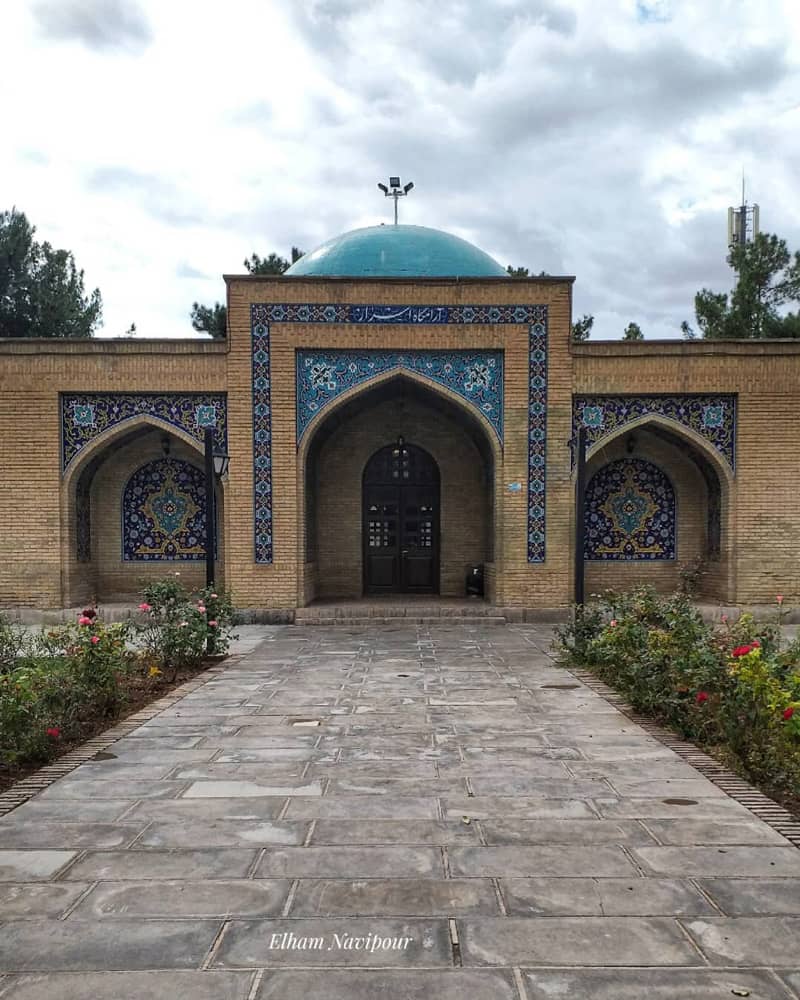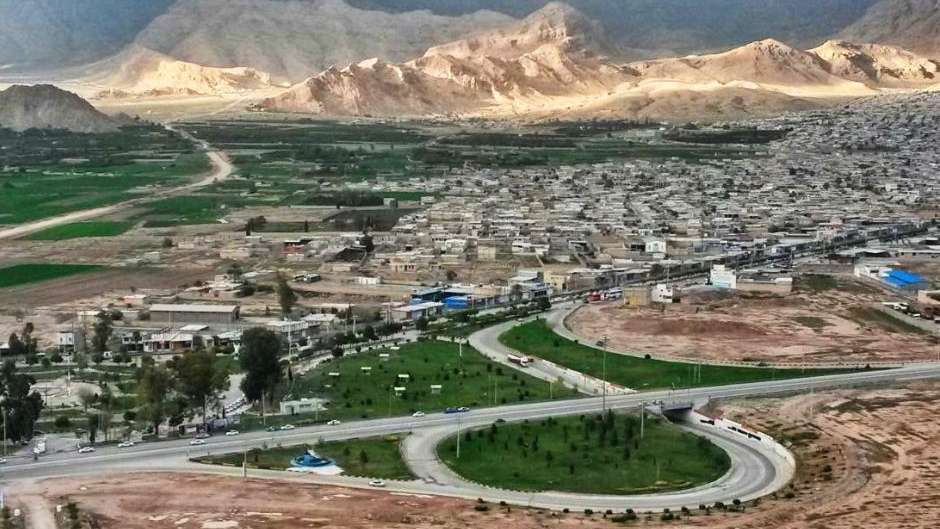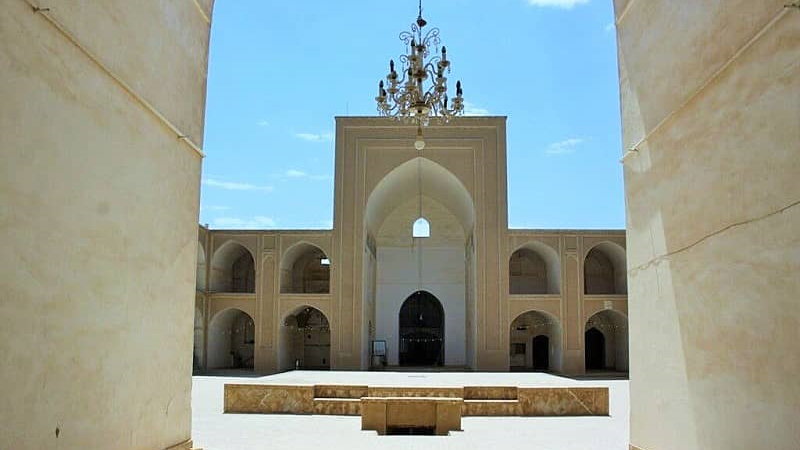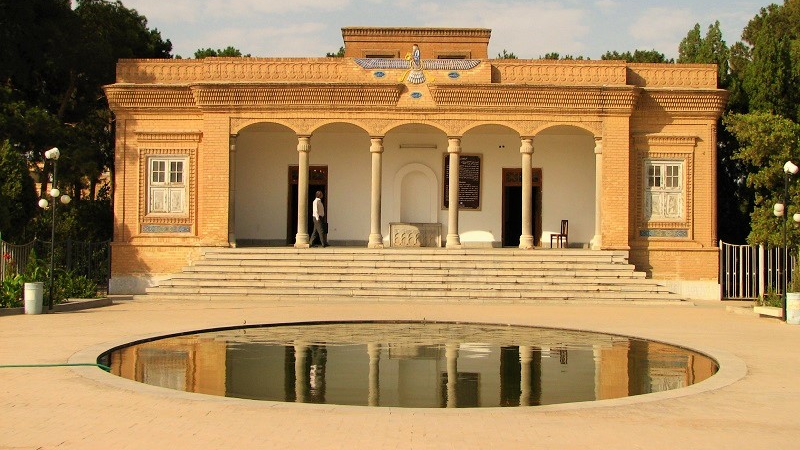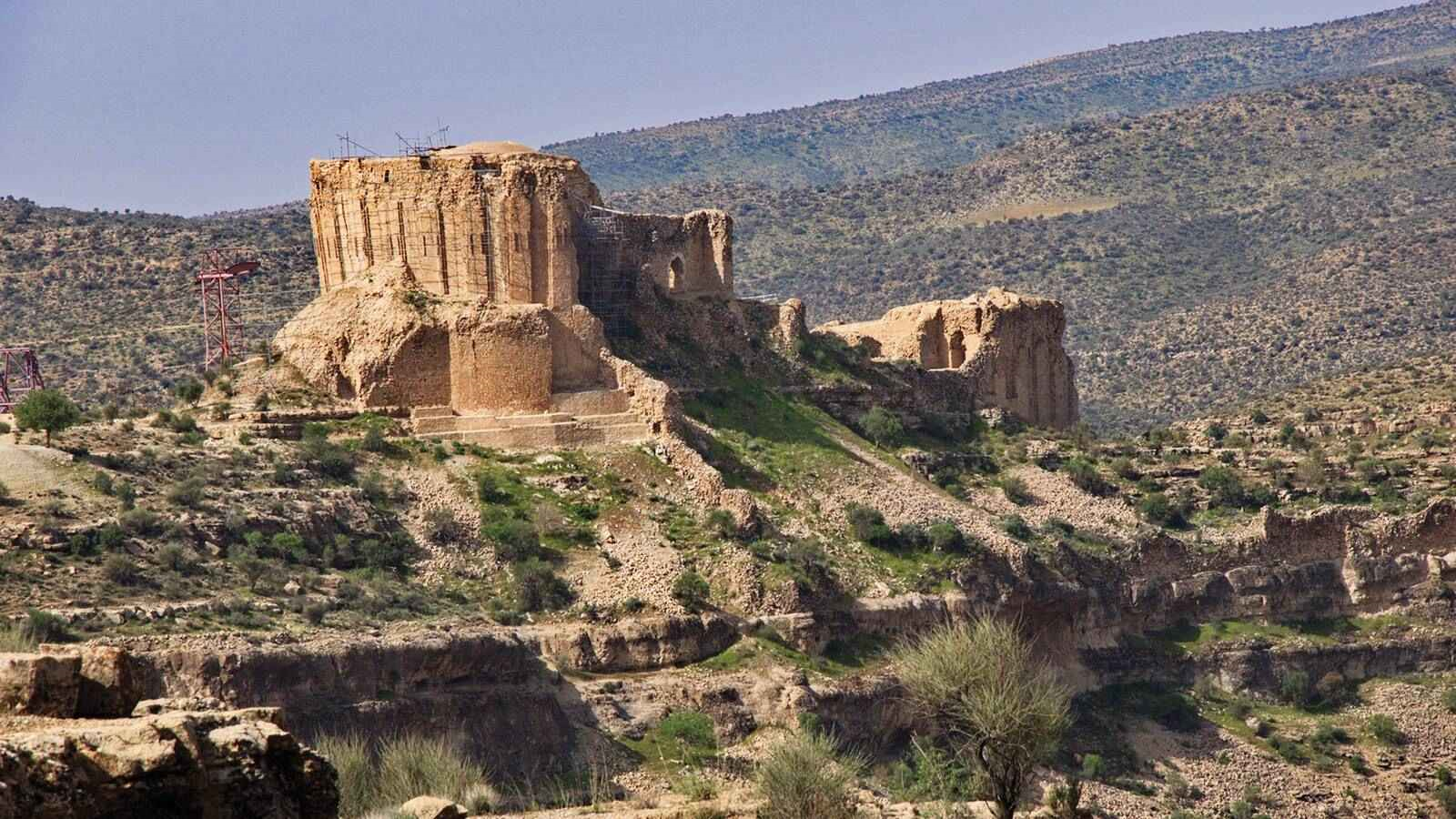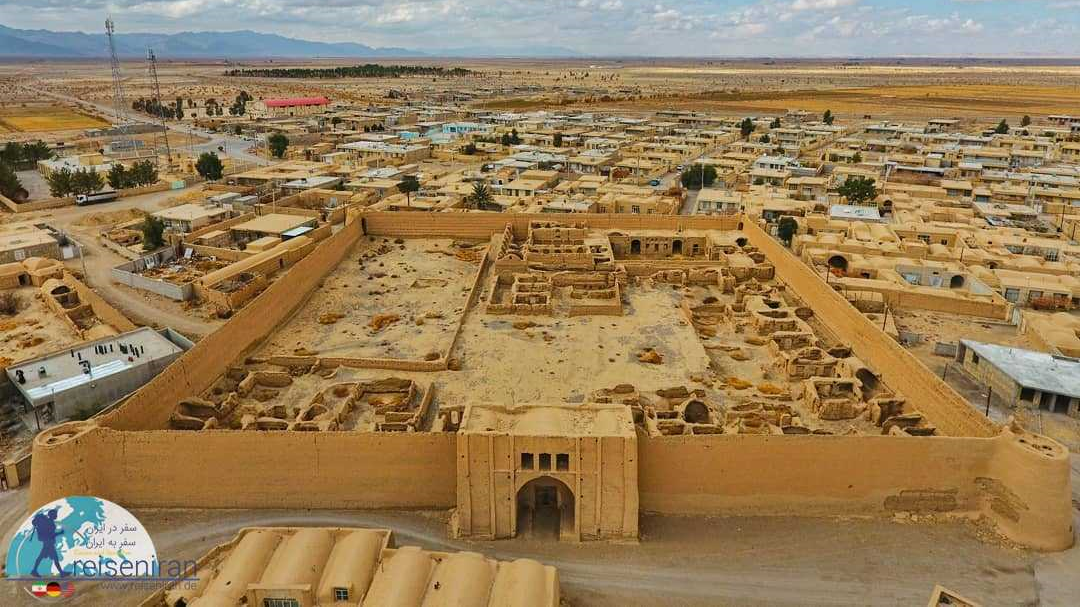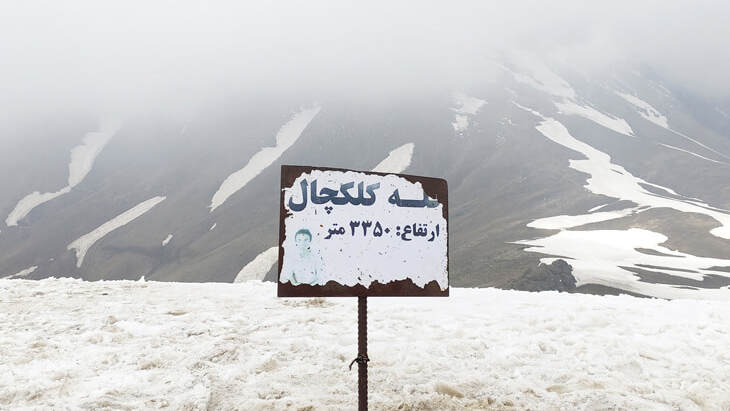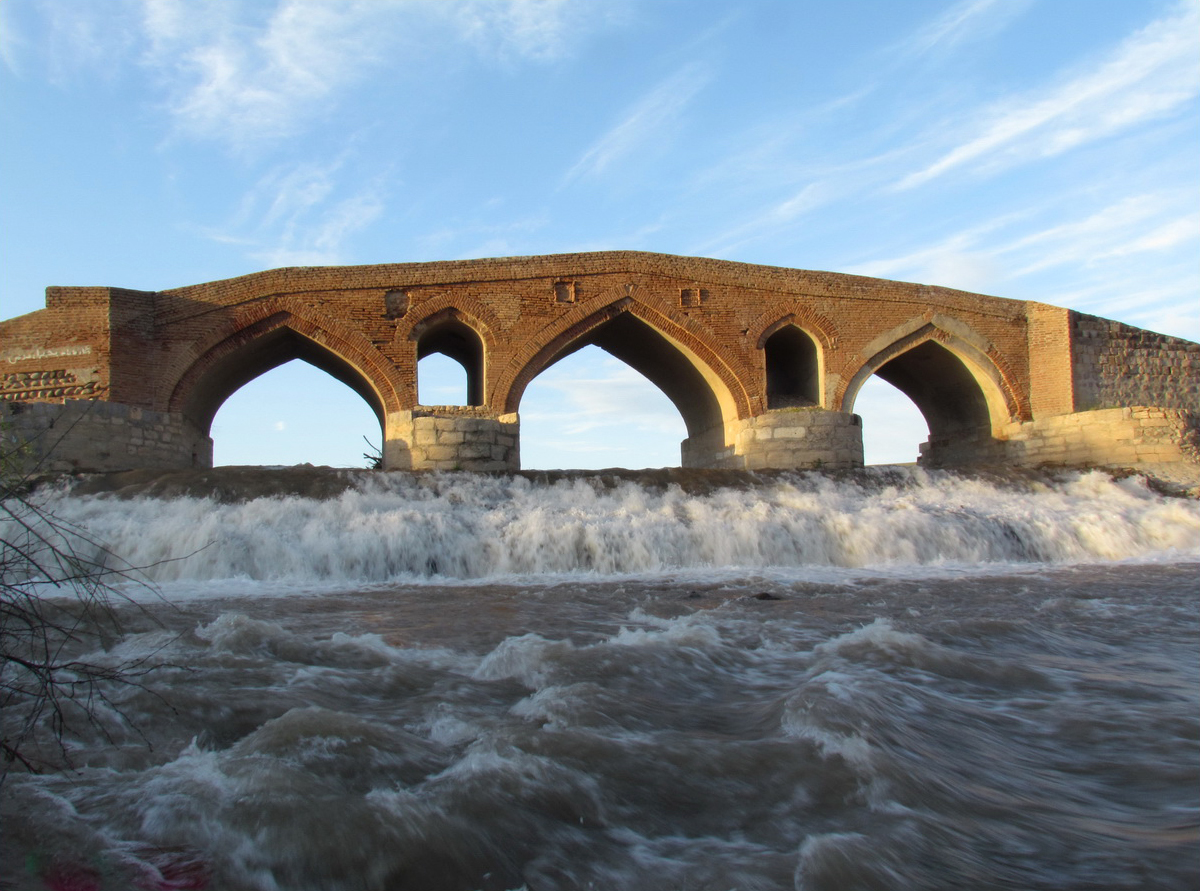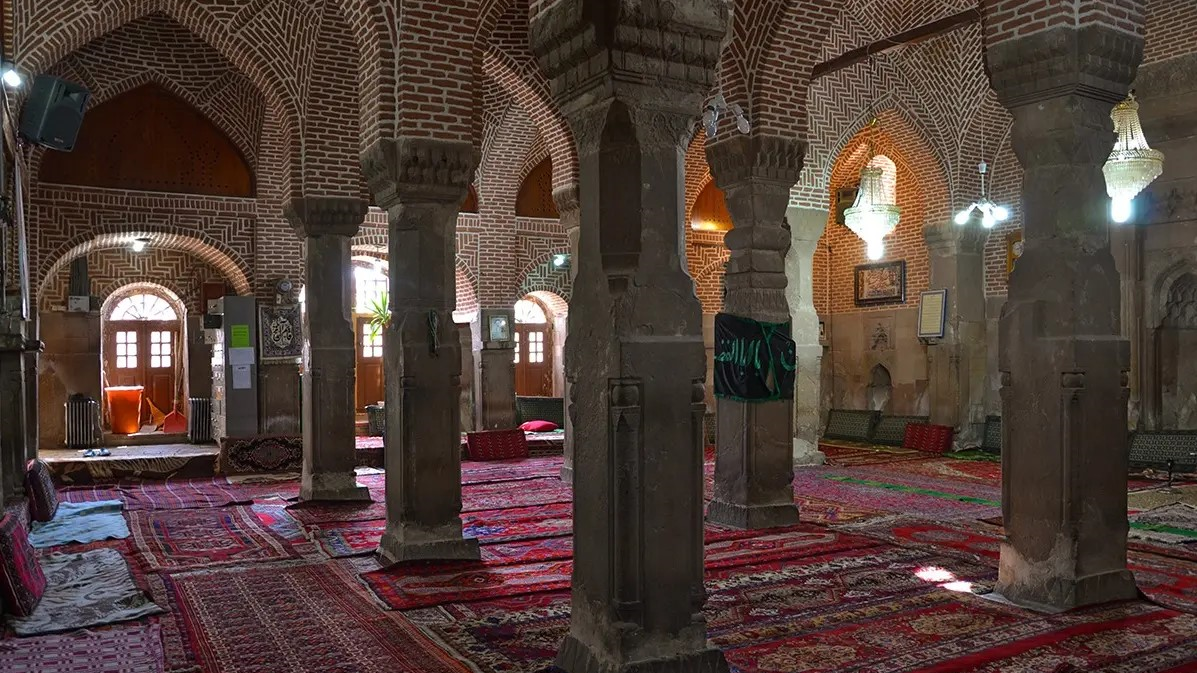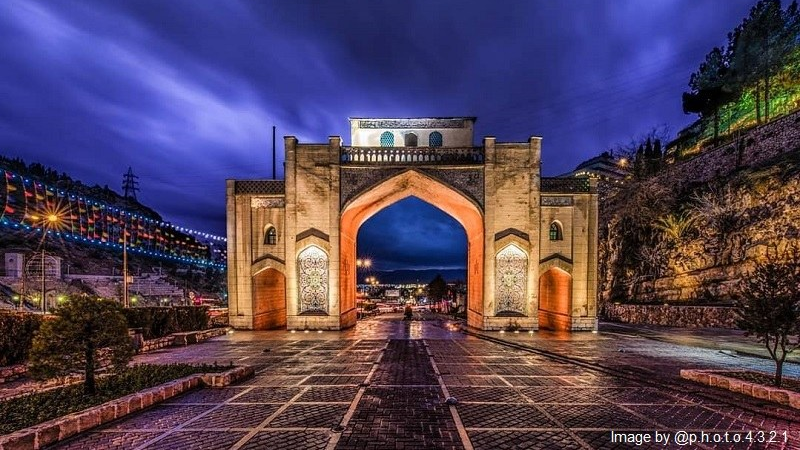
Maranjab Caravanserai and Its Wonders Amid the Scorching Desert
Due to Iran’s hot and arid climate, the distances between its cities and settlements are often quite large. Before the advent of modern means of transportation, traveling between towns and villages in Iran could take several days. As a result, journeying and trading were difficult and often dangerous endeavors—especially because of bandit groups that sometimes lay in ambush along caravan routes to loot passing travelers. To overcome these hardships, Iranians devised an ingenious solution: the construction of lodging and rest facilities for travelers, many of which still stand today and have become part of the world’s cultural heritage. One such site is the Maranjab Caravanserai, located in the northern part of Isfahan Province, in an area known as Maranjab, on the edge of Iran’s central desert and near the Salt Lake. Because of its unique location, many tourists visit Maranjab throughout the year to explore this historic caravanserai and to experience the silence and beauty of the surrounding desert landscape.
Nature and Attractions of the Maranjab Caravanserai
The Maranjab Caravanserai is located north of Aran and Bidgol County. Aran and Bidgol is a city with a hot and arid climate, known for its handwoven carpets, pistachios, and salt as its main local products. The caravanserai lies about 50 kilometers from the city, and reaching it requires traveling along a bumpy dirt road through the desert — a journey that only adds to the sense of adventure and isolation surrounding this remarkable historical site.
Features and History of the Maranjab Caravanserai
The construction of the Maranjab Caravanserai dates back to the reign of Shah Abbas I of the Safavid dynasty (late 16th century), a period when the government sought to promote trade security and boost Iran’s economy by building caravanserais across major routes. At that time, a local governor named Agha Khezr Nahavandi oversaw the region and, under royal command, established this caravanserai — serving both as a resting place for travelers and merchants and as a military outpost to ensure regional safety. One of the most fascinating aspects of the Maranjab Caravanserai is its easy access to fresh water, an extraordinary feature considering its location in the heart of a scorching desert, where rain rarely falls for most of the year. This feature exists thanks to a qanat (underground aqueduct) that passes beside the caravanserai. Even today, two shallow wells can be seen near the structure, providing water for the trees growing on both sides of the caravanserai. The qanat’s water collects in a pond close to the building. The water is fresh, and fish live in it, a surprising and fascinating sight in the heart of such a hot and arid desert.
Because of the intense desert heat, visiting the caravanserai is practically impossible from mid-spring to mid-autumn. However, during the rest of the year, it becomes a popular destination for desert explorers and nature enthusiasts. Nearby, there are high sand dunes known locally as “Band-e Rig” (the Sand Barrier). The height of these dunes constantly changes with the wind, so much so that a tall dune can completely disappear in just one day due to the movement of the sands. Walking barefoot on these soft desert sands offers a unique sense of peace and pleasure. Around the caravanserai, herds of camels can often be seen — they usually come to the Maranjab Caravanserai in search of water or food. Most of these camels are marked by their owners. Nearby lies the Salt Lake, one of the main natural attractions of the region. On the way to the caravanserai, there is also a well known as “Dastkan” (meaning ‘hand-dug’), which serves as a watering place for animals. The Maranjab Desert is also home to a variety of unique plant and animal species, making it an interesting destination for scientific and ecological study. The ghich and tagh trees, with their tall and slender forms, appear both eerie and captivating at night. The desert forests surrounding the Maranjab Caravanserai cover an area of about 120,000 hectares and were planted by local people. Among the animals that inhabit the Maranjab Desert are lizards, snakes, scorpions, jackals, and sand cats. Because there are no obstructing elevations or sources of light pollution, the caravanserai and its surrounding desert offer an ideal location for stargazing.
The caravanserai was built in a square shape, covering an area of about 3,500 square meters. It has six watchtowers around it that once housed guards. The courtyard measures roughly 600 square meters, with dimensions of 20 by 30 meters. Inside the caravanserai, there are 29 rooms designed for travelers and merchants. The building maintained its original function from its construction until the early 20th century, but gradually lost its importance as new roads were built and motor vehicles became widespread. In recent decades, restoration efforts have been carried out — the most significant began in 1999 (1378 SH) and lasted four years.
National and World Registration of Maranjab Caravanserai
Maranjab Caravanserai was registered as a national heritage site in 2005 (1384 SH). Later, in 2023 (1402 SH), it was also inscribed on the UNESCO World Heritage List as one of the 54 Iranian caravanserais recognized for their historical and cultural significance.
| Name | Maranjab Caravanserai and Its Wonders Amid the Scorching Desert |
| Country | Iran |
| State | Isfahan |
| City | Aran va Bidgol |
| Type | Historical,Natural |
| Registration | Unesco,National |
_crop_2.jpg)
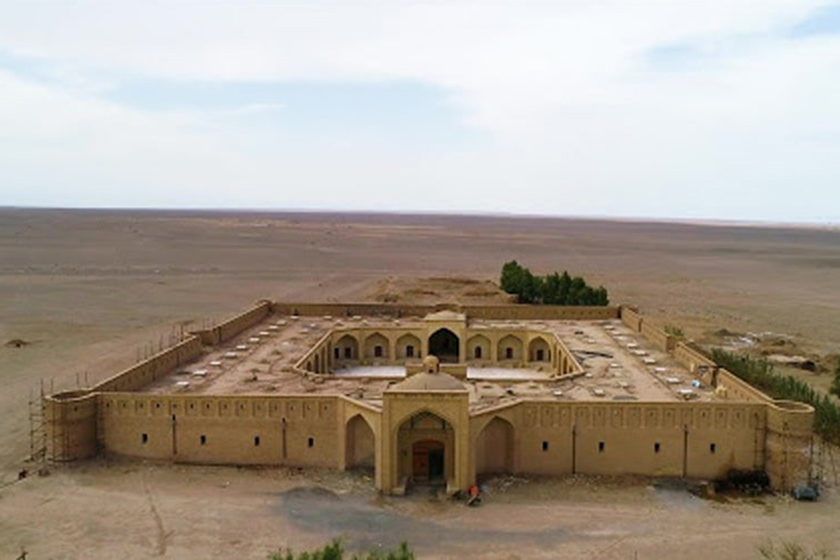
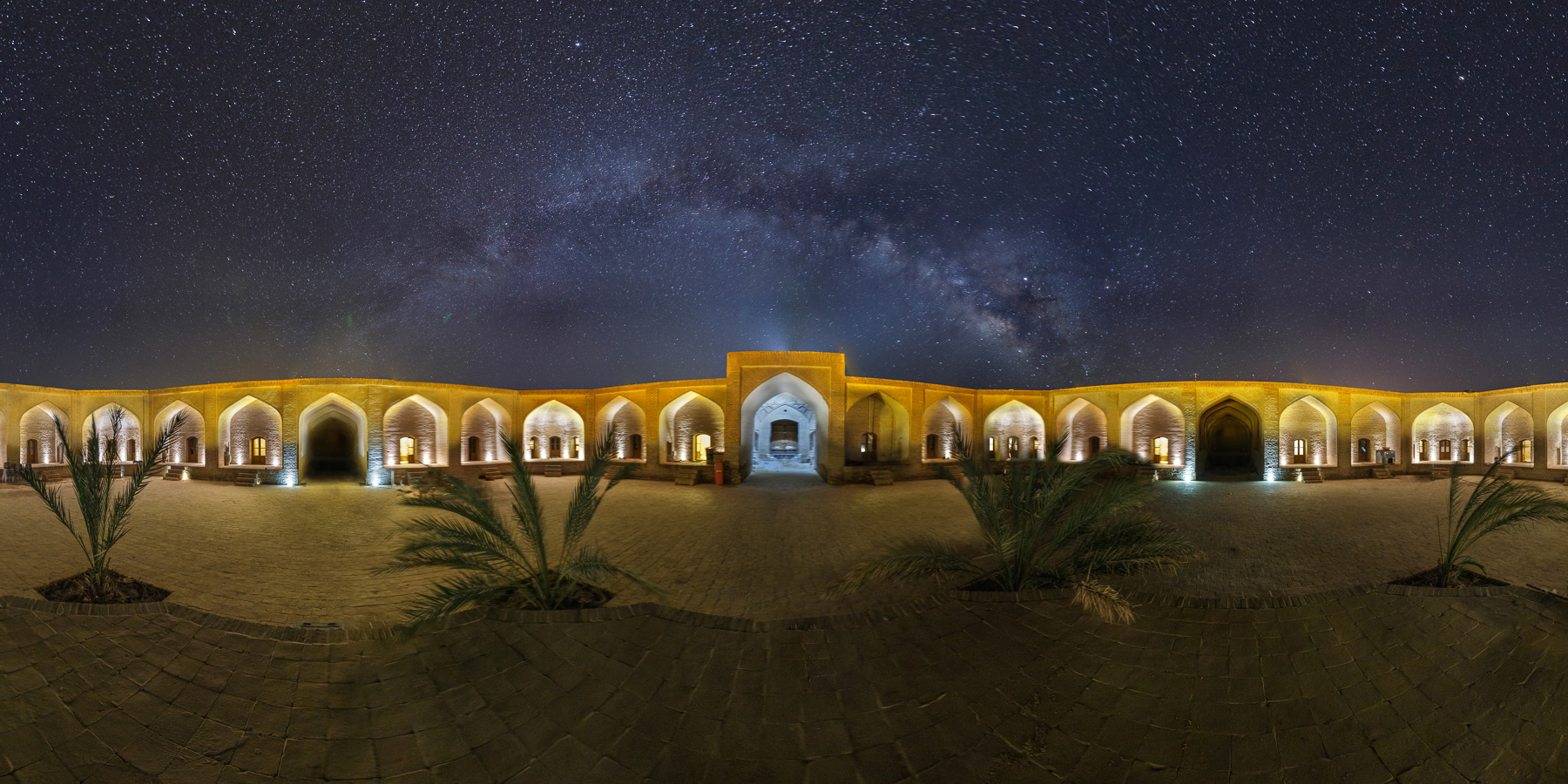
_crop_2.jpg)


Choose blindless
Red blindless Green blindless Blue blindless Red hard to see Green hard to see Blue hard to see Monochrome Special MonochromeFont size change:
Change word spacing:
Change line height:
Change mouse type:

